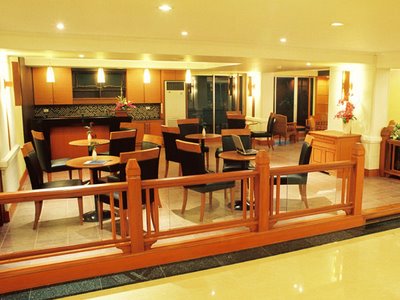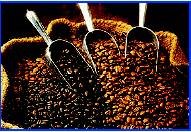Think More, Do Less, E ven at Coffee Shop

The Bindaas Dude
Exams may come and exams may go, but there is only one cool dude and that is you. “What’s the big fuss about exams? They are not the end of the world”, is your answer to people’s queries about your lack of preparation for the exams. You have much more important things to do with your precious time than sit and study. You rely on your peers to help you out by copying and cheating whenever you can. C’mon man put in some of your own effort and see the difference.
Think More, Do Less
You make lavish plans about your study schedule with neatly and colourfully done up time-tables, complete with the subjects and time when you will do them. However at the appointed time, you will be found hanging out with pals at a coffee shop
 and discussing which movie to go for once the exams are over.
and discussing which movie to go for once the exams are over.Combined Study
Here, friends form a study group and take their mega collection of likelies at a friend’s place to study. They ask each other questions and make it a fun session to study and learn. However, sometimes the topics get diversified and the focus shifts from studies to other areas.
Miss Overconfident
You think you know your syllabus so well that in your overconfidence, you tend to make silly mistakes specially in the Maths, Accounts and Costing papers. You then later on get angry with yourself for making mistakes.
Last Minute Worker
Most of the students fall in this category. A month before the exams, you will be found scampering around for the entire year’s notes and books. You study what you hope will come in the exam and rely on your fluke to pass.




